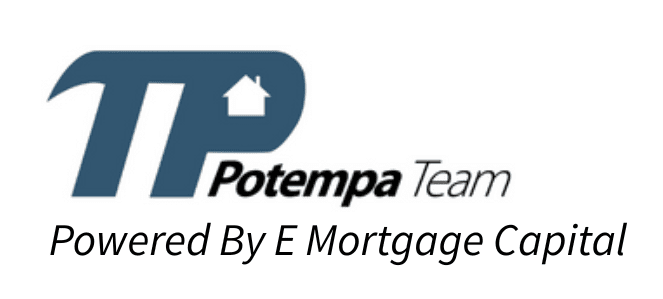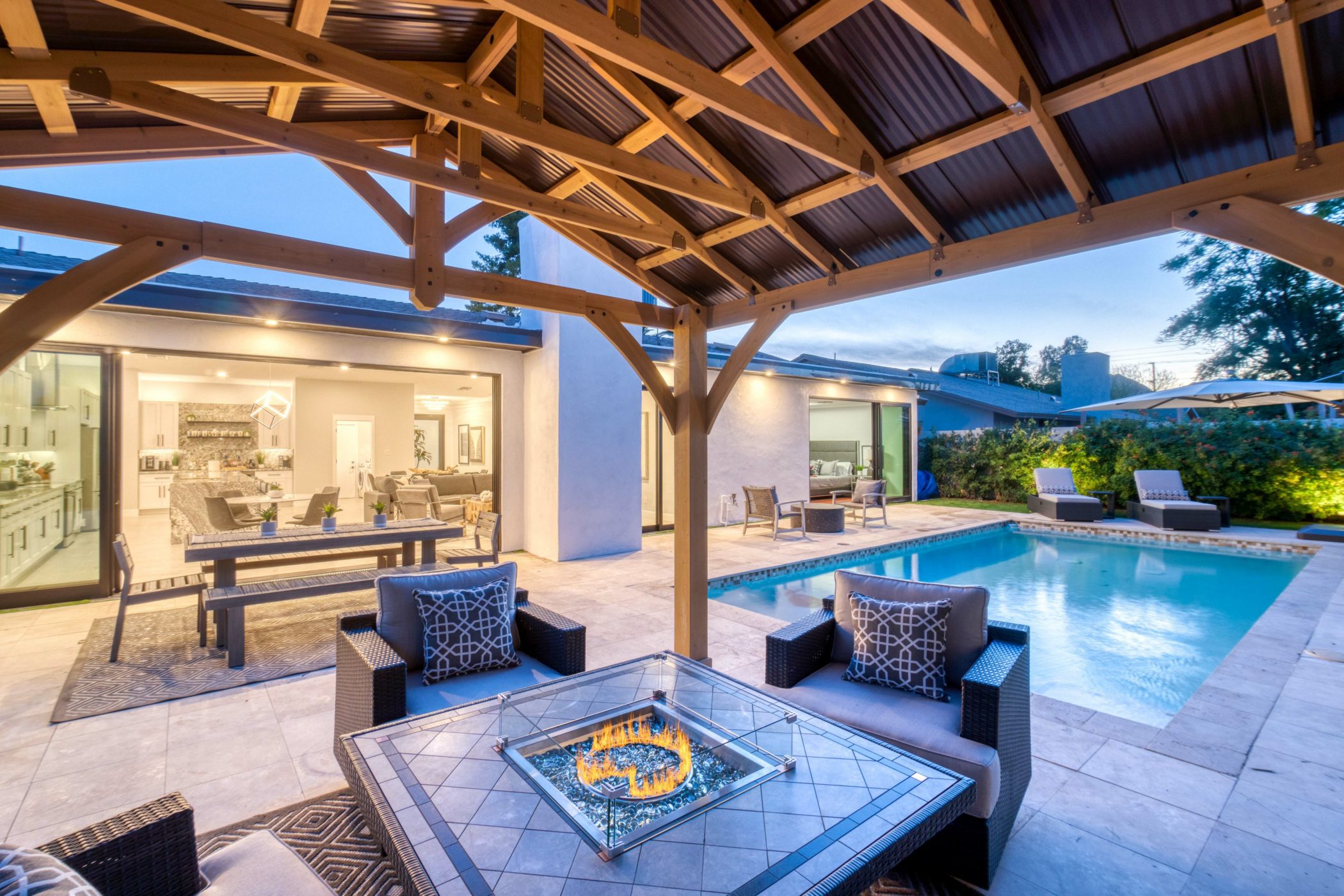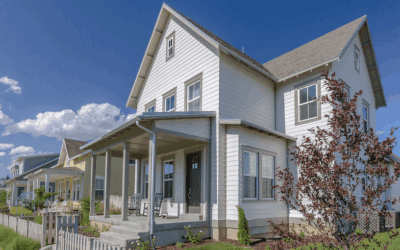Buying a fixer-upper comes with expenses that aren’t included in the purchase price of the home, so a traditional mortgage might not be the right loan product for you. If your next property needs renovations done to make the home comfortable and livable for your family, you’ll need a funding source above and beyond a conventional home loan. Home renovation loans, also known as open-ended loans, are a sort of hybrid product specially designed to help you complete home renovations.
What is a Renovation Loan?
Open-ended renovation loans can provide a low-interest line of credit above and beyond the purchase price of the home. The extra proceeds are used for renovations and repairs. Renovation loans are like mortgages and home equity loans in one, but they can be used when the home is purchased instead of having to wait to tap into equity after years of paying down the mortgage. You can also refinance your existing mortgage on property you’ve owned for a long time to get one of these loans.Lenders look at the purchase price of the home and the potential value of the home after making repairs. Other factors like location and other properties in the neighborhood are accounted for during the application process, just like they are when a traditional mortgage is made. With this type of open-ended loan product, borrowers are given a maximum loan amount that they can use to purchase a property and fix it up. Borrowers don’t use the maximum loan amount to purchase the property. Instead, they use part of the money to purchase the property and extra funds left over to pay for repair projects. This type of funding is a much better option than putting home repairs or renovations on a credit card or taking out a higher-interest personal line of credit. You only pay interest on the money you access, even though you borrow the maximum loan amount.
How to Maximize Renovation Loans
Borrowers can maximize the effectiveness of their renovation loans by buying a property that’s low-cost but has high potential value because of a great location, size, uniqueness, or other stand-out feature. Properties in up-and-coming neighborhoods that are ripe for gentrification are great candidates. Renovation loans can help transform run-down areas of cities, rescue historical properties, and beautify neighborhoods.
If you’re priced out of new neighborhoods because of sky-high home prices, buying an older property in need of repair could be a great way to get an incredible home for a lot less money. If you have the drive, motivation, and capability to put sweat equity into your next home and transform an older fixer-upper into the property you’re dreaming of, a renovation loan could be the perfect loan product for you.
Types of Renovation Loans
There are two types of renovation loans: conforming and non-conforming. A non-conforming loan doesn’t meet the guidelines set forth by Freddie Mac or Fannie Mae. These are also known as sub-prime loans and come with higher interest rates and less favorable loan terms. If you have a credit score of 620 to 660, you might qualify for these loans. A conforming loan does meet Freddie Mac or Fannie Mae’s guideline requirements. They come with favorable interest rates and loan terms, but you need good credit to qualify.
If you’re interested in a fixer-upper property and think a renovation loan could suit your needs, speak with a Potempa Team member now to find out if you qualify.





